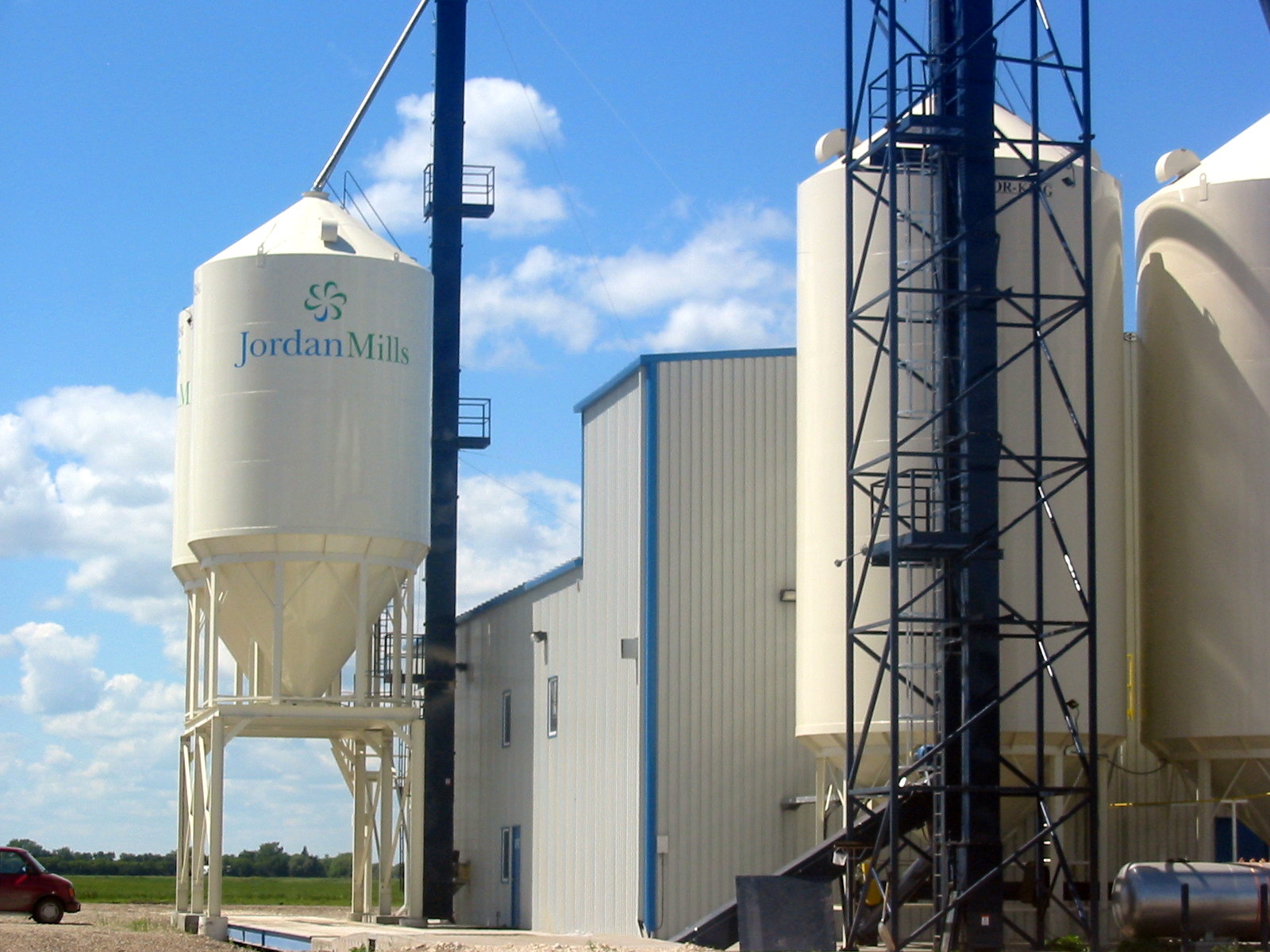Special Report from Harry Siemens
Feed specialists and researchers are advising Manitoba hog producers to monitor feed quality and watch the performance of their herds to avoid any problems associated with fusarium head blight-infected feed grains.
 Fusarium head blight infects primarily cereal crops producing a mycotoxins that reduce end use quality of the grain.
Fusarium head blight infects primarily cereal crops producing a mycotoxins that reduce end use quality of the grain.
The warm, wet growing conditions in Manitoba that helped produce a very good corn and soybeans crops did the damage to many of the cereal crops. Preliminary data shows the unusually warm wet year caused higher than normal levels of fusarium, especially in winter wheat.
Operations manager George Wieler of Delmar Commodities in Winkler, Mb said the problem for hog producers is wider-spread this year than last, especially in western Manitoba and eastern Saskatchewan.
“Last year we brought in low fusarium, low vomitoxian feed grains to help with the requirements here,” said Wieler. “This year it is hard to find. One drawing area we’ve had in the past is eastern and northern Saskatchewan. That is where we’ve pulled a lot of feed grains from in the past.”
This year many acres went unseeded, and the acres seeded there, the quality of the final product isn’t very good, not taking fusarium into account.
“So far, there is still enough to go around,” he said. “The question is how long will it last? When is the tap going to be tapped out to find low fusarium feed grains?”
He can source feed grains to far west in Saskatchewan before they compete with the buyers who source the feed grains for the feedlots in Alberta. Feeding fusarium infested wheat to cattle isn’t near the problem that it is for hogs. The cattle can withstand the vomitoxian much better than the pigs.
There is an upside for producers with the low fusarium feed grains because the spread has certainly widened said Wieler.
However, not for Delmar because it could cut into their feed sales, but maybe switching to corn may be an option, but Wieler is uncertain about that at the moment.
University of Manitoba animal science professor Dr. Martin Nyachoti told Bruce Cochrane of Farmscape.ca producers should not exceed one part per million of the mycotoxin in the complete feed.
“I would think if producers suspect contamination of the grain, the first thing is to submit a sample, at least get it tested to get an idea of what levels of DON one is dealing with,” said Nyachoti. “That way we can formulate the diets accordingly not to exceed that one PPM in the complete diet. It’s probably important to observe the animals carefully if you suspect the presence of mycotoxins or DON in the diets.”
Producers need to monitor how the animals are behaving, whether they are dealing with it or not, because there is a lot of anecdotal evidence that pigs in different herds will actually deal with higher DON levels than in some farms.
“We think that what’s causing this variability is what else might be either on the farm in terms of health or in terms of other toxins that might be present in the feed that act to worsen their responses to DON so it’s important to observe you own animals and see exactly how they are behaving,” he said. “The other option is if possible is then to blend the contaminated grain with a clean grain to bring down the concentration of DON in the final feed.”

